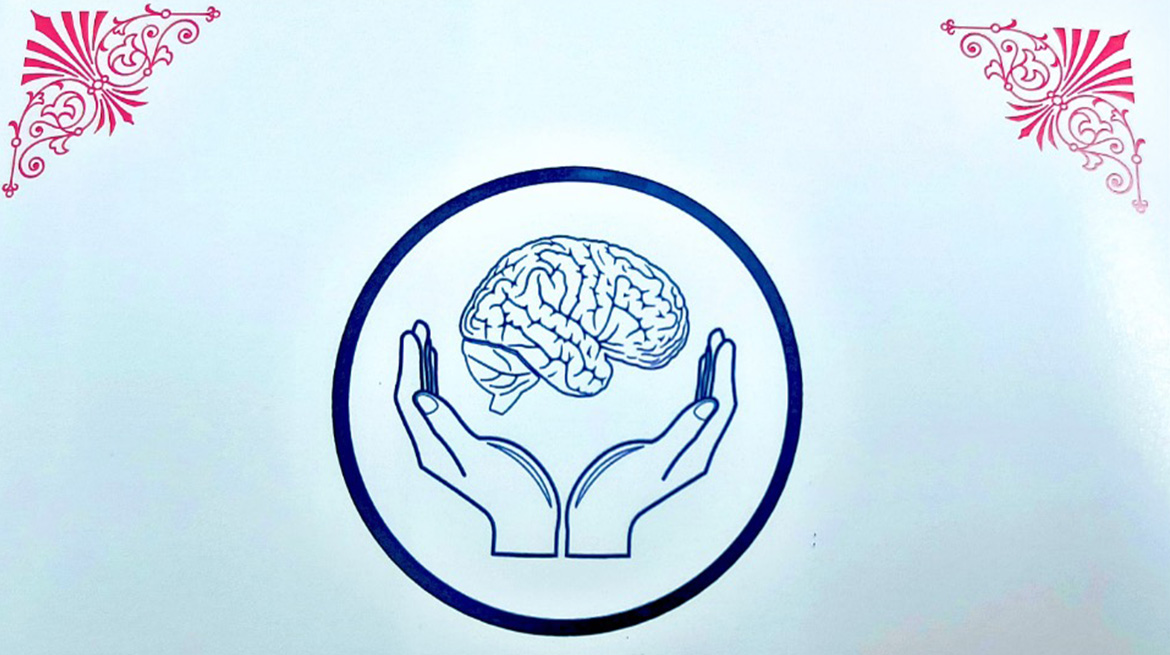In recent times, the discussion surrounding mental health has become more vibrant — spanning from personal blogs to international conferences. However, in spite of this heightened awareness, countless individuals around the globe continue to endure their struggles in silence. The gap between conversation and actual care remains a significant issue. So, where are we missing the mark — and, more importantly, how can we make a positive change?
The World Health Organization (WHO) emphasizes that health is not merely the absence of illness. It encompasses complete physical, mental, and social well-being. Yet, while physical ailments often gain immediate attention, the mental and emotional aspects of health are too frequently overlooked or misunderstood.
Mental health challenges can touch anyone — irrespective of age, gender, or financial situation. Often termed “invisible illnesses,” these conditions tend to develop quietly over time. Alarmingly, suicide rates are reaching unprecedented levels, particularly among healthcare workers. In fact, mental health issues account for 14% of all global Disability Adjusted Life Years (DALYs) — a heavier burden than heart disease or cancer.
So why does such a significant gap persist between awareness and action?
A big part of the challenge lies in accessibility and stigma. While online platforms now provide mental health services with privacy and convenience, they still remain out of reach for many — particularly those lacking digital skills, devices, or internet connectivity. Additionally, persistent societal stigma continues to stifle open discussions, especially in rural or underserved areas.
The WHO strongly advocates for the integration of mental health care into primary health care systems. This means ensuring that psychiatrists, psychologists, and counsellors are accessible and friendly at the community level — where individuals already seek routine check-ups or chronic illness management. When mental health is artfully incorporated into the structure of primary care, it becomes a norm, devoid of stigma, and accessible for all.
This integration is not just sensible — it is vital. Mental health conditions like depression, anxiety, and bipolar disorder are prevalent yet frequently go untreated. Many physical complaints, such as fatigue, headaches, and chronic pain, have psychological roots. Addressing mental health directly enhances overall health outcomes, lowers long-term treatment expenses, and respects fundamental human dignity.
As Professor Chris van Weel, former World President of the World Organization of Family Doctors, wisely states: “We need education and training on mental health care for all students and health professionals preparing to work in family medicine and other primary health care fields.”
Here’s what we should concentrate on:
- Ensuring vital psychiatric medications and counseling services are available at primary health centers
- Creating clear referral pathways to specialized care
- Training healthcare professionals — including doctors, interns, and paramedical staff — to address mental health issues with empathy, confidentiality, and skill
- Initiating community awareness programs to diminish stigma and promote the pursuit of help
- Additionally, these efforts must be supported by robust policy, strong leadership commitment, adequate funding, and clear monitoring systems. For real, sustainable impact, mental health services at the primary level should be part of an integrated network — connected to higher-level care facilities and community-based support systems.
- A Way Forward
- Improving mental health care isn’t just the job of specialists or policymakers. It requires a whole-of-society approach. Community workers, school teachers, employers, and families all play a vital role in creating a supportive environment where people feel safe to speak up and seek help.
- If we truly believe that health is a fundamental human right, then mental health must be treated with equal urgency and respect. By addressing the barriers and working toward inclusive, accessible, and compassionate care, we can take a significant step forward — not just in healing individuals, but in building a healthier society for all.




